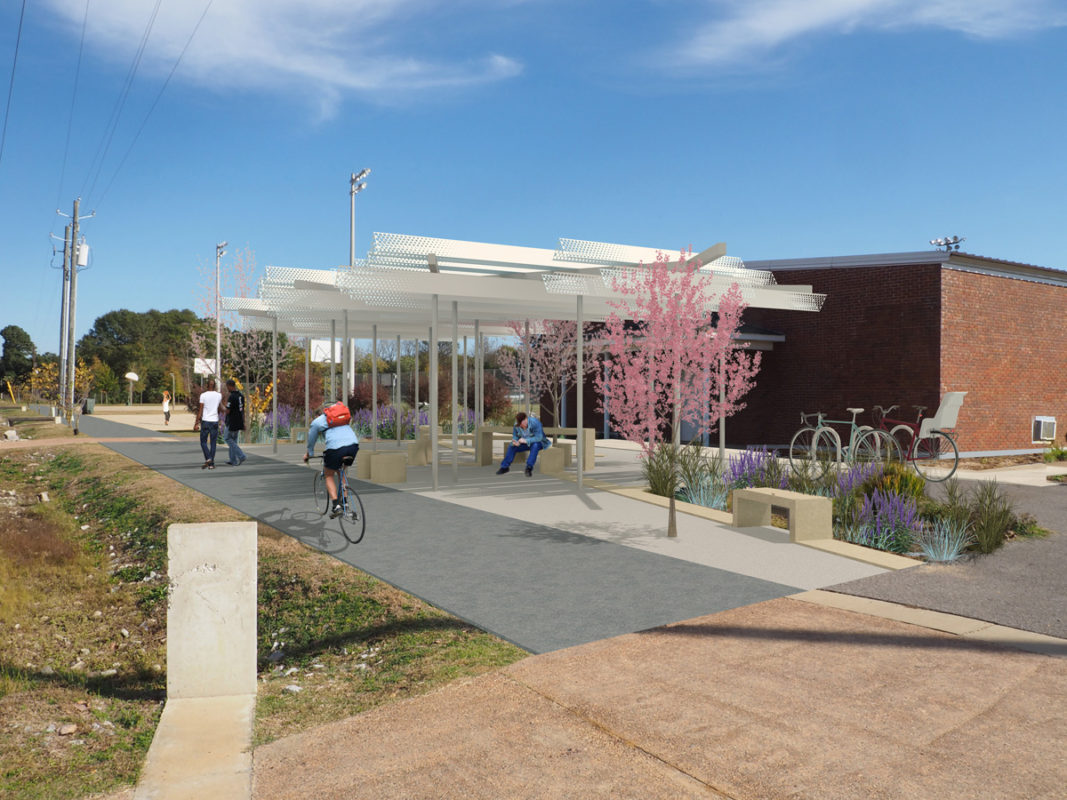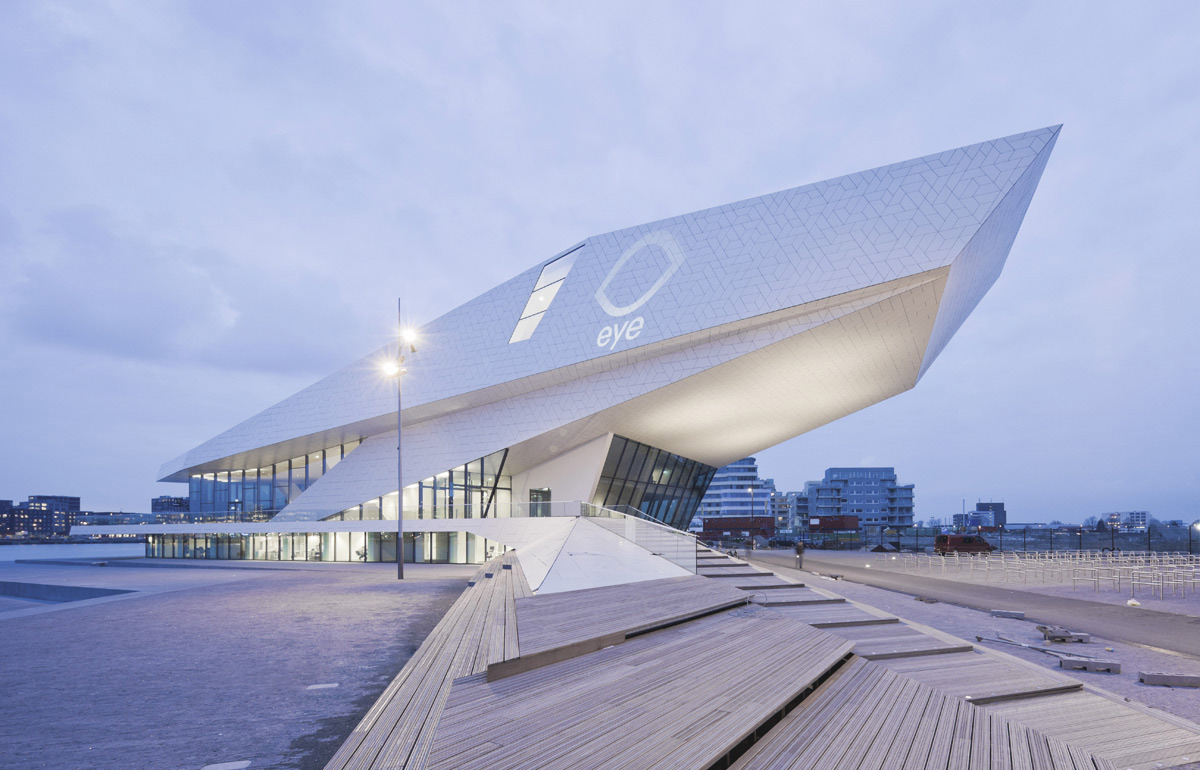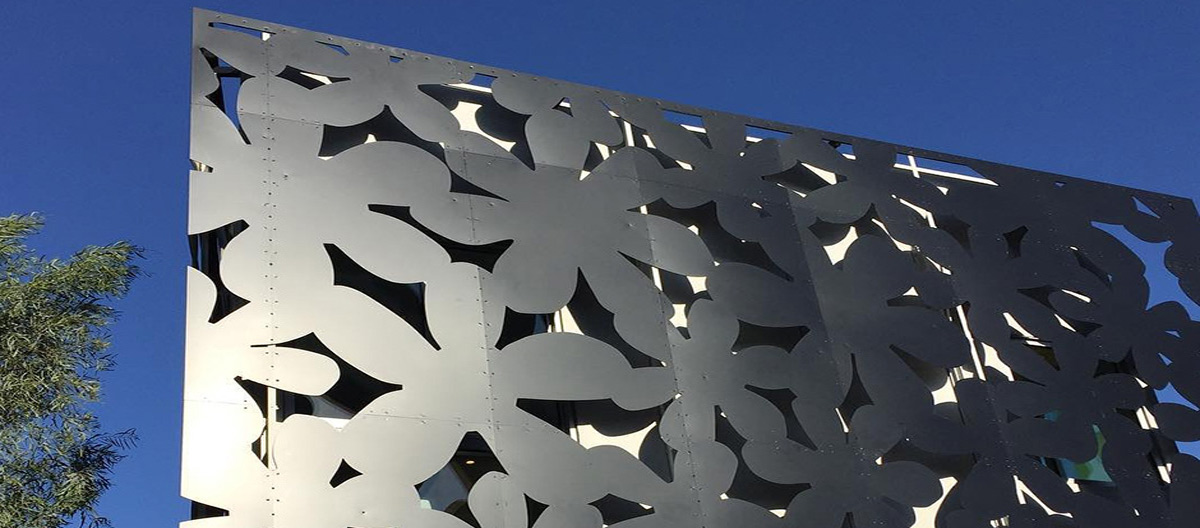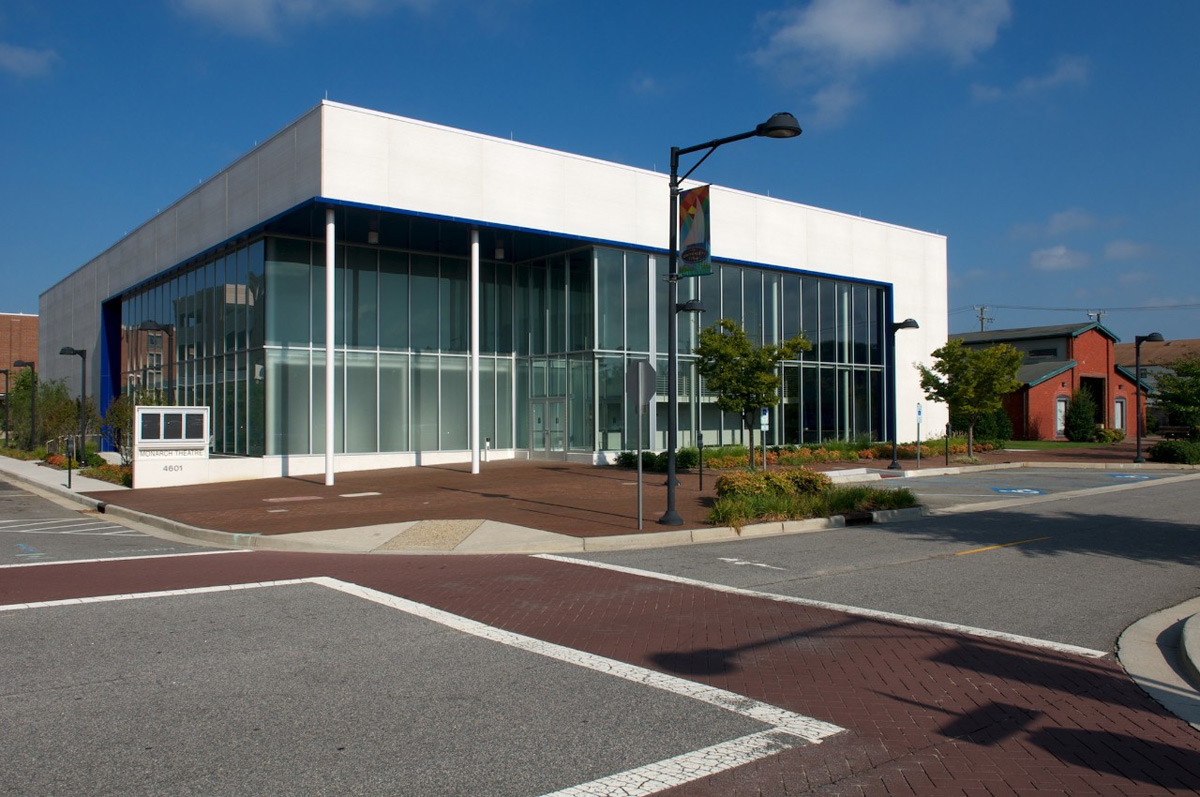The Las Vegas Convention Center (LVCC) is a exhibition and convention space situated adjacent to the famous Las Vegas Strip. Originally opened in 1959, the convention center was built by the Las Vegas Convention and Visitors Authority (LVCVA) in response to the gradual decline in Las Vegas’ visitors due to the cyclical nature of tourism seasons.
Las Vegas Convention Center Modernized With FEVE Coatings
Categories Architecture




